Home>Renovation & DIY>Home Renovation Guides>How To Fix Crawl Space Moisture
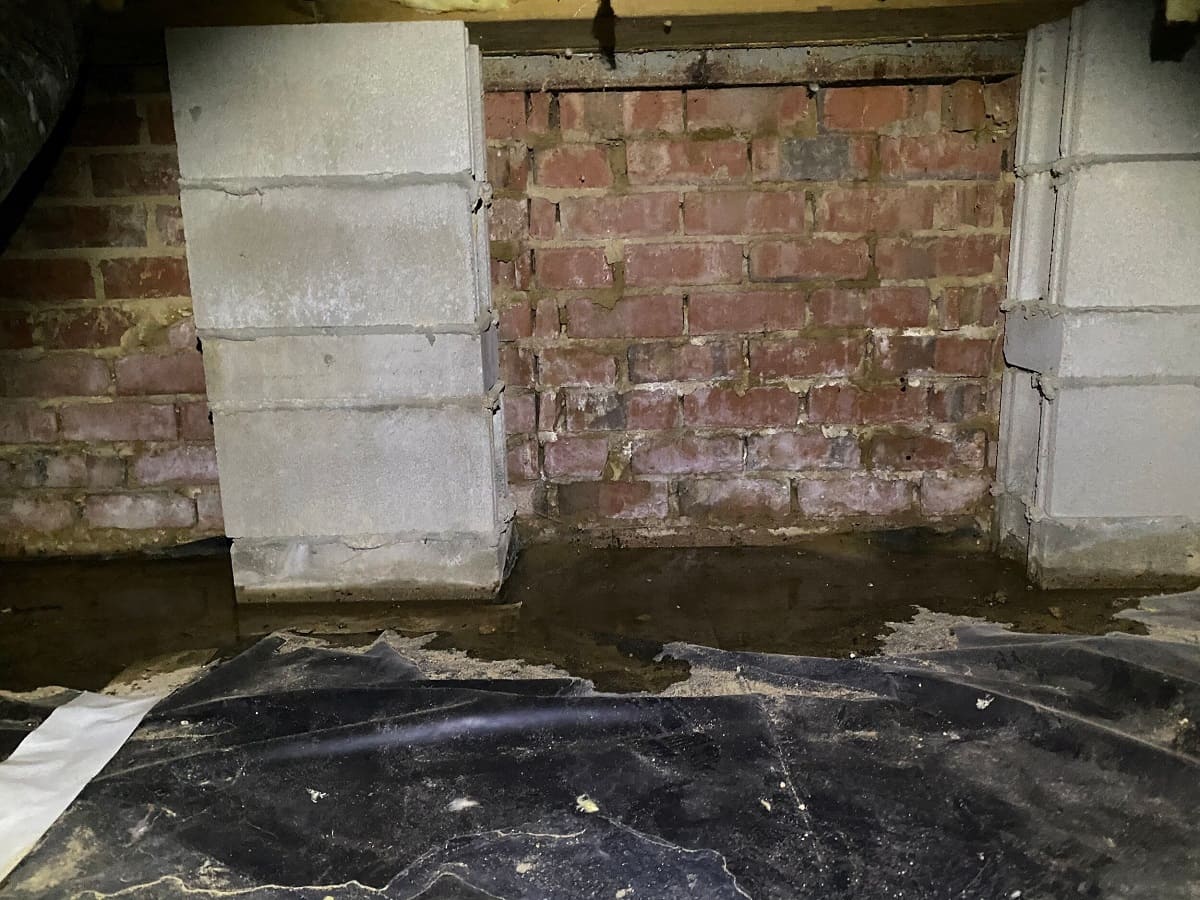

Home Renovation Guides
How To Fix Crawl Space Moisture
Modified: February 18, 2024
Learn how to effectively fix crawl space moisture issues with our comprehensive home renovation guide. Protect your home from damage and improve indoor air quality.
(Many of the links in this article redirect to a specific reviewed product. Your purchase of these products through affiliate links helps to generate commission for Storables.com, at no extra cost. Learn more)
Introduction
Crawl spaces are often overlooked areas in homes, tucked away beneath the main living areas. Despite their inconspicuous nature, crawl spaces play a crucial role in maintaining the structural integrity and indoor air quality of a home. However, these spaces are susceptible to moisture-related issues, which can lead to a host of problems if left unaddressed.
Moisture in crawl spaces can result from various sources, including groundwater seepage, plumbing leaks, inadequate ventilation, and high humidity levels. Left unchecked, this moisture can foster the growth of mold and mildew, compromise the stability of wooden structures, and even contribute to poor indoor air quality.
In this comprehensive guide, we will delve into the intricacies of crawl space moisture, exploring its causes, effects, and most importantly, how to effectively address and prevent it. By understanding the underlying factors contributing to crawl space moisture and implementing targeted solutions, homeowners can safeguard their properties against potential damage and create a healthier living environment for their families.
Throughout this guide, we will provide practical insights and actionable steps to empower homeowners with the knowledge and tools needed to tackle crawl space moisture head-on. From identifying the signs of moisture intrusion to implementing long-term prevention strategies, this guide aims to equip readers with the expertise to safeguard their homes and ensure the longevity of their property investments.
Join us on this journey as we unravel the complexities of crawl space moisture, offering valuable guidance and expert tips to help you navigate this common yet often underestimated challenge. Let's embark on this exploration of crawl space moisture and discover the transformative impact of proactive moisture management in preserving the integrity and comfort of your home.
Key Takeaways:
- Moisture in crawl spaces can lead to mold growth, structural damage, and poor indoor air quality. Preventive measures like regular inspections and moisture barriers are crucial for maintaining a healthy home environment.
- Fixing crawl space moisture requires installing moisture barriers, improving ventilation, and addressing plumbing leaks. Proactive measures can safeguard homes against the detrimental effects of excess humidity.
Read more: How To Fix Water In Crawl Space
Understanding Crawl Space Moisture
Crawl space moisture is a prevalent issue that can significantly impact the overall health and stability of a home. This moisture can originate from various sources, including groundwater seepage, plumbing leaks, inadequate ventilation, and high humidity levels. When left unchecked, it can lead to a myriad of problems, ranging from structural damage to compromised indoor air quality.
One of the primary contributors to crawl space moisture is groundwater seepage. This occurs when water from the surrounding soil infiltrates the crawl space through the foundation walls or floor. Additionally, plumbing leaks can introduce moisture into the crawl space, especially in older homes with aging pipes. Inadequate ventilation exacerbates moisture buildup by impeding the natural airflow that helps to regulate humidity levels. Moreover, high humidity levels in the surrounding environment can permeate the crawl space, creating a conducive environment for moisture accumulation.
Understanding the dynamics of crawl space moisture involves recognizing the interconnected factors that contribute to its presence. By comprehending the sources of moisture intrusion, homeowners can take proactive measures to mitigate these issues and safeguard their properties against potential damage.
Furthermore, the impact of crawl space moisture extends beyond the structural realm, encompassing indoor air quality as well. Excessive moisture can foster the growth of mold and mildew, which not only compromise the integrity of wooden structures but also pose health risks to occupants. The presence of mold spores and airborne contaminants can exacerbate respiratory issues and allergies, making it imperative to address crawl space moisture from a holistic standpoint.
In essence, understanding crawl space moisture entails acknowledging its multifaceted nature, encompassing both its sources and the far-reaching implications of its presence. By gaining insight into the underlying causes and effects of crawl space moisture, homeowners can embark on a journey toward effective mitigation and long-term prevention, thereby fortifying their homes against the detrimental effects of moisture intrusion.
Identifying the Causes of Crawl Space Moisture
Crawl space moisture can stem from a variety of sources, each contributing to the overall humidity levels and moisture content within the enclosed space. By pinpointing the specific causes of moisture intrusion, homeowners can effectively address the underlying issues and implement targeted solutions to mitigate the impact of excess moisture. Here are the primary causes of crawl space moisture:
-
Groundwater Seepage: One of the most common culprits of crawl space moisture is groundwater seepage. This occurs when water from the surrounding soil infiltrates the crawl space through the foundation walls or floor. Factors such as heavy rainfall, poor drainage, and hydrostatic pressure can exacerbate groundwater seepage, leading to persistent moisture accumulation within the crawl space.
-
Plumbing Leaks: In homes with aging plumbing systems, leaks can develop over time, introducing moisture into the crawl space. Even minor leaks in water supply lines or drainpipes can contribute to elevated humidity levels, especially if left unattended for an extended period. Identifying and repairing plumbing leaks is crucial in preventing moisture intrusion in the crawl space.
-
Inadequate Ventilation: Proper ventilation is essential for regulating humidity levels within the crawl space. Inadequate airflow can impede the natural evaporation of moisture, leading to stagnant air and elevated humidity. Additionally, poor ventilation can exacerbate condensation on surfaces, further contributing to moisture buildup.
-
High Humidity Levels: Homes located in regions with high ambient humidity are particularly susceptible to crawl space moisture. The surrounding environment's moisture content can permeate the crawl space, especially in the absence of effective moisture barriers and ventilation systems. Elevated outdoor humidity levels can exacerbate moisture intrusion, necessitating proactive measures to manage crawl space humidity.
-
Building Materials and Design: Certain construction materials and design elements can inadvertently contribute to crawl space moisture. For instance, the use of porous building materials or inadequate vapor barriers can facilitate moisture penetration. Similarly, design flaws such as improper grading around the foundation or insufficient waterproofing measures can exacerbate moisture-related issues.
By identifying these underlying causes of crawl space moisture, homeowners can gain valuable insights into the specific factors contributing to excess humidity and moisture accumulation. Armed with this knowledge, they can proceed to implement targeted solutions to address these issues and fortify their homes against the detrimental effects of crawl space moisture.
Effects of Crawl Space Moisture
The effects of crawl space moisture can permeate every facet of a home, exerting a pervasive influence on its structural integrity, indoor air quality, and overall livability. Understanding these effects is paramount in comprehending the far-reaching implications of moisture intrusion and the urgency of addressing this prevalent issue.
Structural Degradation
Excessive moisture in the crawl space can compromise the structural components of a home, particularly wooden elements such as floor joists, beams, and subflooring. Prolonged exposure to moisture can lead to wood rot, weakening the structural framework and diminishing its load-bearing capacity. Additionally, moisture-laden conditions create an ideal environment for the proliferation of wood-destroying organisms, including fungi and termites, further exacerbating the risk of structural damage.
Read more: How To Fix A Crawl Space Foundation
Mold and Mildew Growth
One of the most visible and concerning effects of crawl space moisture is the proliferation of mold and mildew. These microbial organisms thrive in damp, dark environments, and a moisture-laden crawl space provides an ideal breeding ground. The presence of mold and mildew not only compromises the integrity of building materials but also poses significant health risks to occupants. Airborne mold spores can exacerbate respiratory issues, allergies, and other health concerns, making it imperative to address moisture-related mold growth promptly.
Indoor Air Quality Impairment
The impact of crawl space moisture extends beyond the confines of the enclosed space, permeating the indoor air quality of the entire home. As moisture-laden air rises from the crawl space, it can carry airborne contaminants, musty odors, and mold spores into the living areas. This can lead to respiratory discomfort, exacerbated allergies, and an overall decline in indoor air quality, affecting the health and well-being of occupants.
Energy Inefficiency
Moisture-laden crawl spaces can contribute to energy inefficiency within a home. Excess humidity can permeate the living areas, prompting the HVAC system to work harder to maintain comfortable temperature levels. This increased workload can lead to higher energy consumption and elevated utility costs. Moreover, moisture-related issues such as condensation on ductwork and insulation can compromise their effectiveness, further exacerbating energy inefficiency.
Property Devaluation
The presence of crawl space moisture can diminish the overall value of a property. Structural damage, mold infestations, and compromised indoor air quality can deter potential buyers and lead to decreased property appraisals. Addressing crawl space moisture proactively not only safeguards the current value of the home but also preserves its long-term marketability.
In essence, the effects of crawl space moisture permeate every aspect of a home, from its structural soundness to the well-being of its occupants. By recognizing these effects, homeowners can appreciate the urgency of addressing crawl space moisture and implementing targeted solutions to mitigate its impact.
Fixing Crawl Space Moisture
Addressing crawl space moisture requires a comprehensive approach that targets the underlying causes of excess humidity and moisture accumulation. By implementing effective solutions, homeowners can mitigate the detrimental effects of moisture intrusion and restore the integrity of their homes. Here are the key steps to fixing crawl space moisture:
1. Moisture Barrier Installation
Installing a durable moisture barrier, such as a high-quality vapor barrier, is essential in preventing moisture from infiltrating the crawl space. This barrier acts as a protective shield, inhibiting groundwater seepage and reducing the evaporation of soil moisture into the enclosed space. By sealing off the crawl space from external sources of moisture, homeowners can create a more controlled environment that mitigates the risk of excess humidity.
2. Encapsulation
Crawl space encapsulation involves sealing the entire crawl space with a moisture barrier, effectively isolating it from the surrounding environment. This comprehensive approach not only prevents moisture intrusion but also helps regulate temperature and humidity levels within the crawl space. By encapsulating the crawl space, homeowners can create a more stable and controlled environment, reducing the risk of structural damage and mold growth.
3. Ventilation Improvement
Enhancing crawl space ventilation is crucial in promoting airflow and reducing humidity levels. Installing vents and ensuring proper air circulation can help mitigate moisture buildup and prevent stagnant, humid conditions. Additionally, incorporating a dehumidifier can further aid in regulating humidity, especially in regions prone to high ambient moisture levels.
Read more: How To Fix A Sagging Floor In A Crawl Space
4. Plumbing and Drainage Maintenance
Regular inspection and maintenance of plumbing systems, including water supply lines, drainpipes, and fixtures, are essential in preventing moisture intrusion from plumbing leaks. Addressing any leaks promptly and ensuring proper drainage around the foundation can significantly reduce the risk of moisture-related issues in the crawl space.
5. Structural Repairs
If moisture-related damage has already occurred, such as wood rot or compromised structural elements, undertaking necessary repairs is imperative. This may involve replacing damaged wood, reinforcing structural supports, and addressing any underlying issues contributing to moisture intrusion.
6. Professional Assessment and Remediation
Seeking the expertise of professionals in crawl space remediation and moisture management can provide homeowners with tailored solutions and comprehensive assessments. Professional contractors can conduct thorough inspections, identify specific moisture-related issues, and implement targeted remediation strategies to effectively address crawl space moisture.
By implementing these proactive measures, homeowners can effectively fix crawl space moisture, safeguarding their homes against the detrimental effects of excess humidity and moisture accumulation. Taking a proactive stance in addressing crawl space moisture not only preserves the structural integrity of the home but also contributes to a healthier and more comfortable living environment for occupants.
Prevention of Crawl Space Moisture
Preventing crawl space moisture is paramount in ensuring the long-term integrity and livability of a home. By implementing proactive measures and maintenance strategies, homeowners can effectively mitigate the risk of moisture intrusion and create a more resilient environment within the crawl space. Here are the key steps to prevent crawl space moisture:
Read more: How To Maintain A Crawl Space
1. Regular Inspections and Maintenance
Conducting routine inspections of the crawl space, including checking for signs of moisture, plumbing leaks, and structural issues, is essential in early detection and prevention. By proactively addressing potential sources of moisture intrusion, such as deteriorating insulation or compromised vapor barriers, homeowners can intervene before moisture-related problems escalate.
2. Effective Drainage Management
Ensuring proper drainage around the foundation perimeter is crucial in preventing groundwater seepage into the crawl space. Implementing grading measures to direct surface water away from the foundation, installing gutter systems to channel rainwater effectively, and maintaining functional downspouts can significantly reduce the risk of moisture infiltration.
3. Humidity Control
Regulating humidity levels within the crawl space is vital in preventing excess moisture accumulation. Installing a dehumidifier can help maintain optimal humidity levels, especially in regions prone to high ambient moisture. Additionally, ensuring adequate ventilation and promoting airflow can contribute to humidity control, reducing the risk of stagnant, moisture-laden conditions.
4. Sealing and Insulation
Sealing potential entry points for moisture, such as foundation cracks, gaps around utility penetrations, and crawl space access doors, can fortify the crawl space against external moisture intrusion. Additionally, proper insulation can help regulate temperature and reduce the risk of condensation, contributing to a more controlled environment within the crawl space.
Read more: How To Inspect A Crawl Space
5. Professional Waterproofing
Seeking professional waterproofing services, including the application of specialized coatings and sealants to the foundation walls and floor, can provide an added layer of protection against moisture intrusion. Professional contractors can offer tailored solutions to fortify the crawl space and mitigate the risk of groundwater seepage and moisture-related issues.
By proactively implementing these preventive measures, homeowners can fortify their homes against crawl space moisture, creating a more resilient and sustainable living environment. Prevention is key in mitigating the detrimental effects of excess humidity and moisture accumulation, safeguarding the structural integrity and indoor air quality of the home for years to come.
Conclusion
In conclusion, addressing crawl space moisture is a critical aspect of maintaining a healthy and structurally sound home. The multifaceted nature of crawl space moisture, encompassing its causes, effects, and solutions, underscores the importance of proactive management and prevention. By understanding the underlying factors contributing to moisture intrusion and its far-reaching implications, homeowners can embark on a journey toward effective mitigation and long-term prevention.
From identifying the primary causes of crawl space moisture, including groundwater seepage, plumbing leaks, inadequate ventilation, and high humidity levels, to recognizing its pervasive effects on structural integrity, indoor air quality, and energy efficiency, this guide has shed light on the complexities of this prevalent issue. Moreover, the actionable steps outlined for fixing crawl space moisture, such as moisture barrier installation, encapsulation, ventilation improvement, and professional remediation, provide homeowners with a roadmap for addressing existing moisture-related issues effectively.
Furthermore, the preventive measures highlighted, including regular inspections and maintenance, effective drainage management, humidity control, sealing and insulation, and professional waterproofing, offer a proactive approach to fortifying homes against future moisture intrusion. By implementing these strategies, homeowners can create a more resilient and sustainable living environment, safeguarding their properties against the detrimental effects of excess humidity and moisture accumulation.
In essence, the journey of managing crawl space moisture is one of empowerment and resilience. By arming themselves with the knowledge and tools to address and prevent moisture-related issues, homeowners can take proactive steps toward preserving the integrity and comfort of their homes. This comprehensive guide serves as a valuable resource, equipping readers with the expertise to navigate the complexities of crawl space moisture and create a healthier living environment for their families.
As we conclude this exploration of crawl space moisture, it is imperative to recognize the transformative impact of proactive moisture management in safeguarding homes and ensuring the longevity of property investments. By embracing a proactive stance in addressing crawl space moisture, homeowners can fortify their homes against the pervasive effects of excess humidity, fostering a living environment that prioritizes structural integrity, indoor air quality, and overall well-being.
In closing, let this guide serve as a beacon of knowledge and empowerment, guiding homeowners toward effective moisture management and long-term resilience. Together, we can embark on a journey toward healthier, more resilient homes, fortified against the challenges of crawl space moisture.
Frequently Asked Questions about How To Fix Crawl Space Moisture
Was this page helpful?
At Storables.com, we guarantee accurate and reliable information. Our content, validated by Expert Board Contributors, is crafted following stringent Editorial Policies. We're committed to providing you with well-researched, expert-backed insights for all your informational needs.
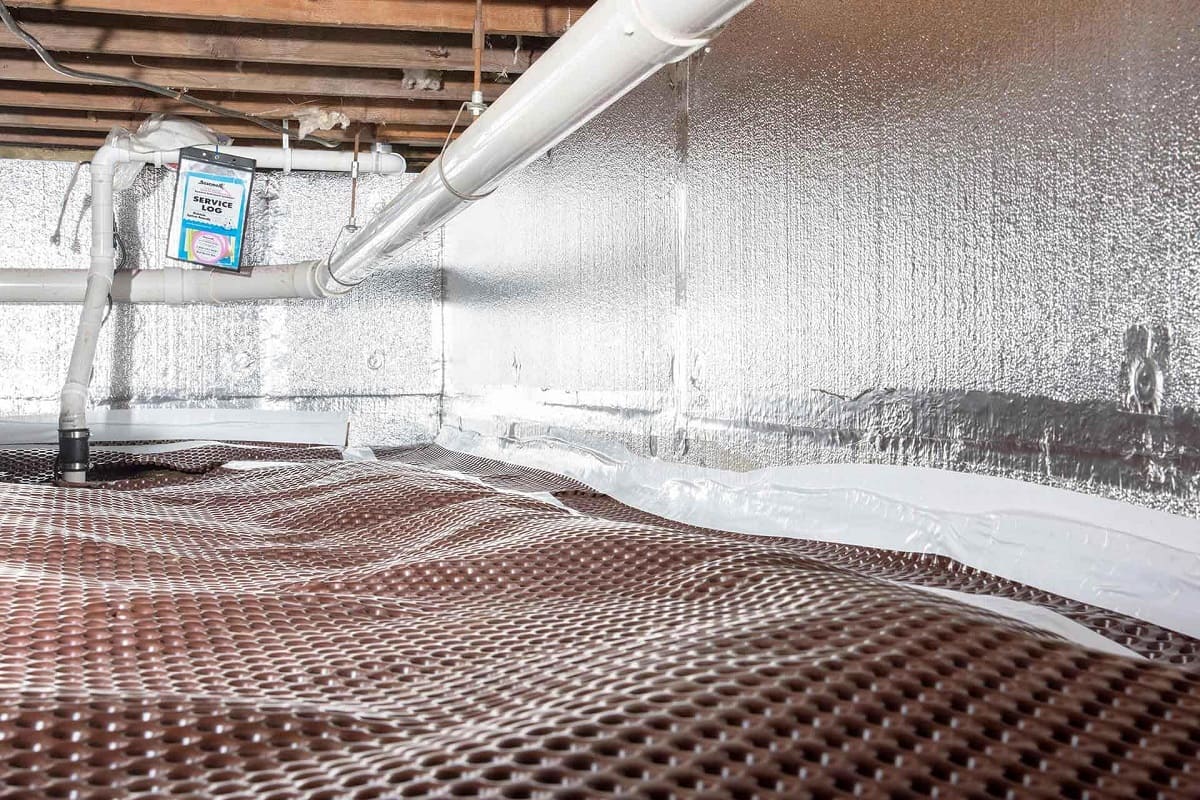
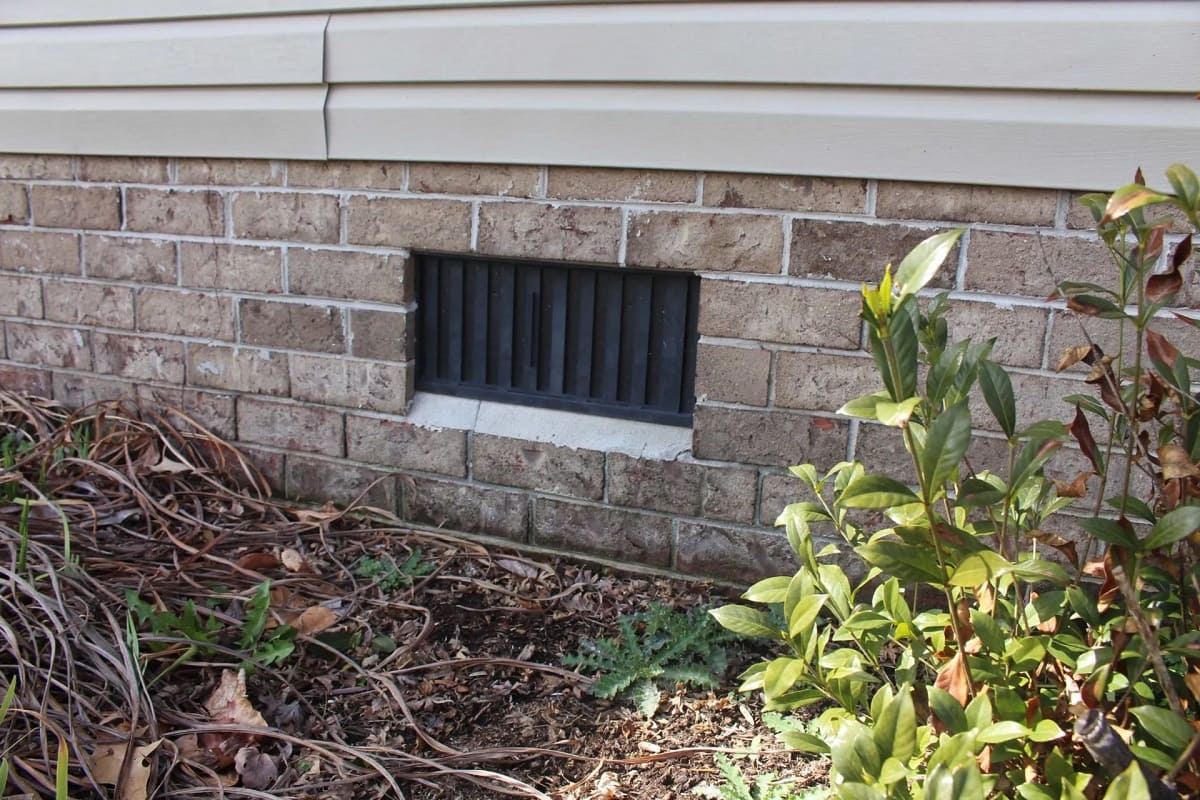
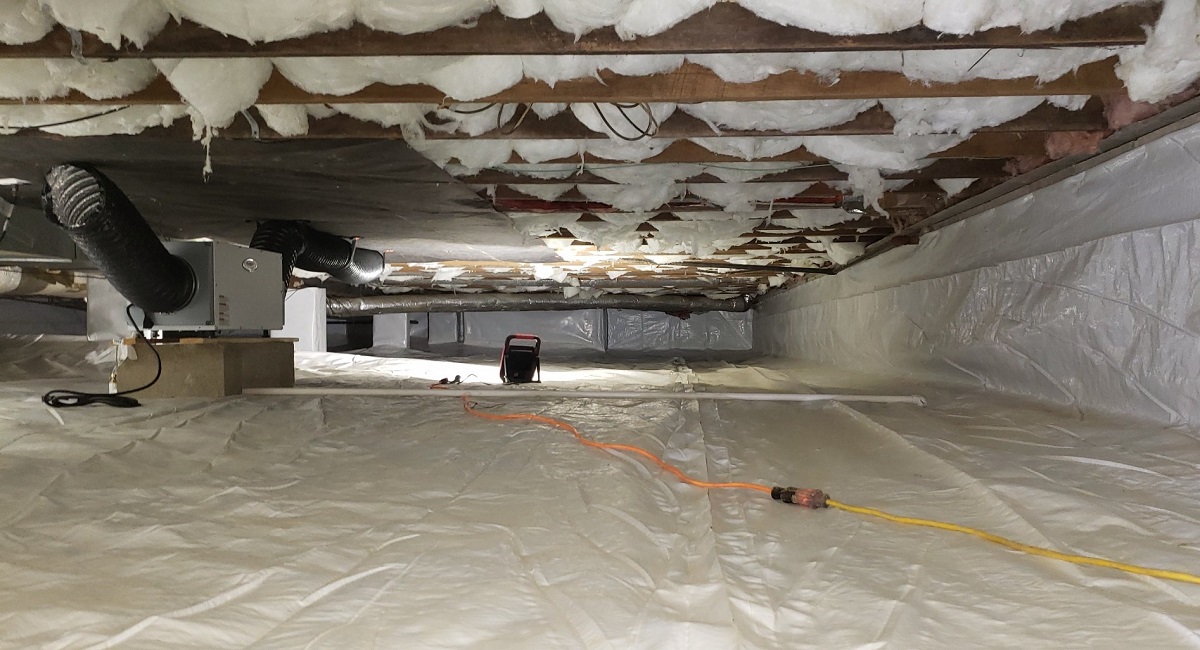
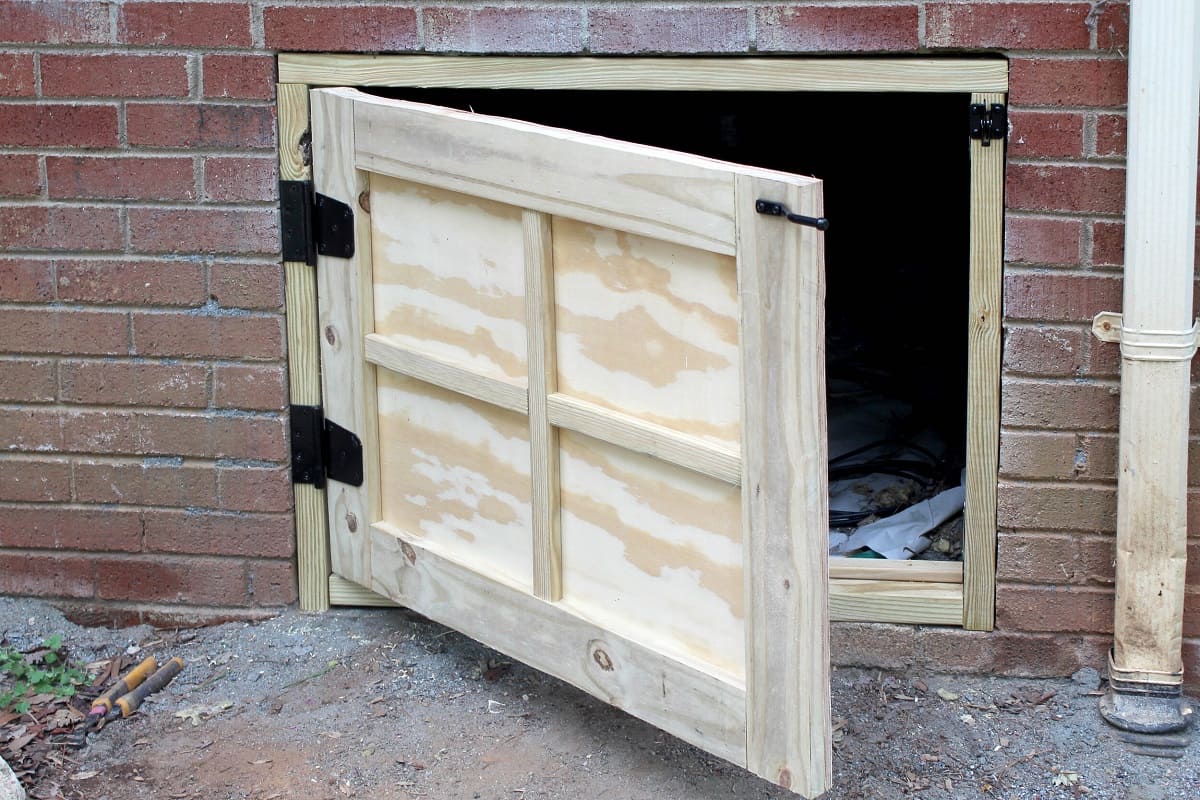
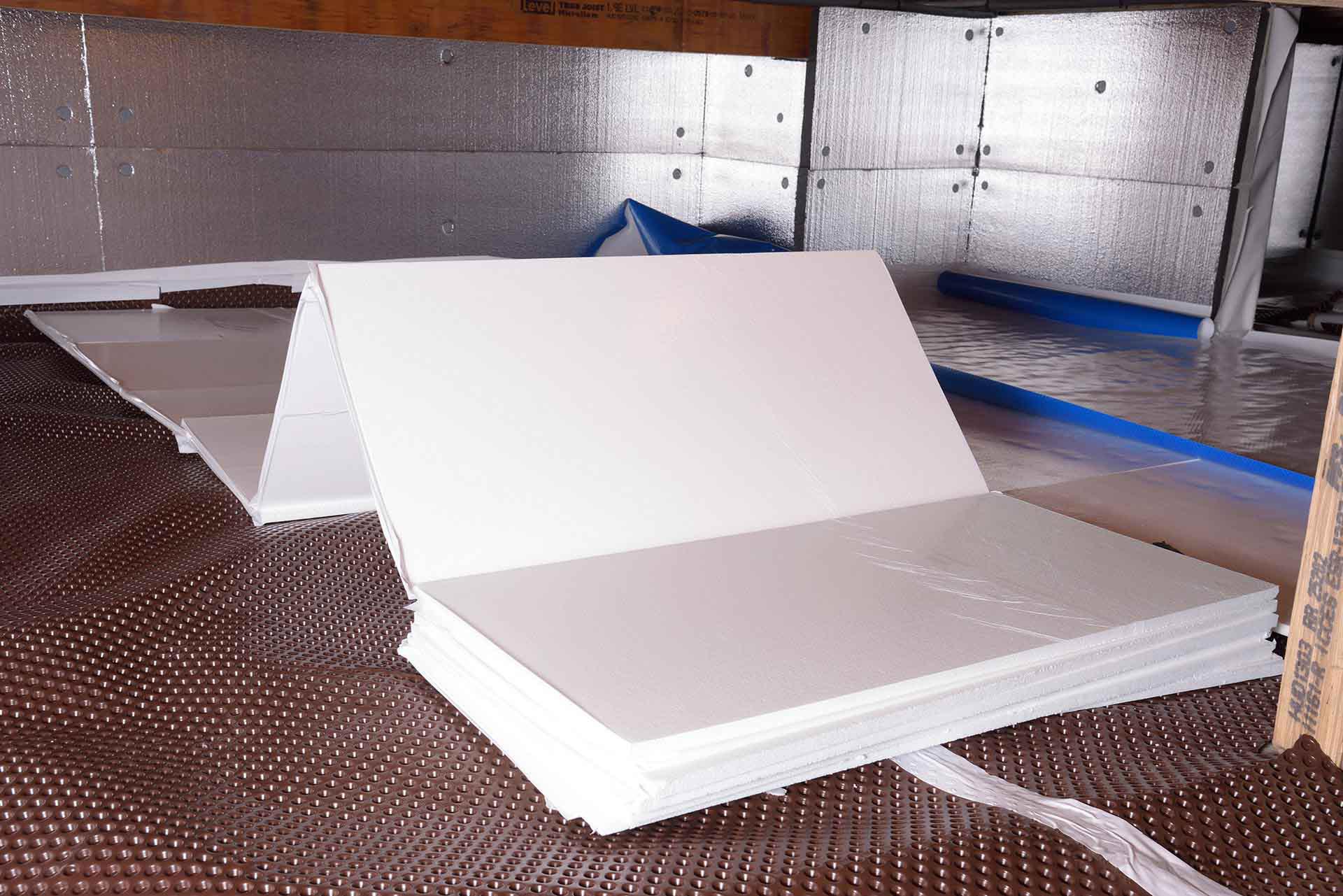
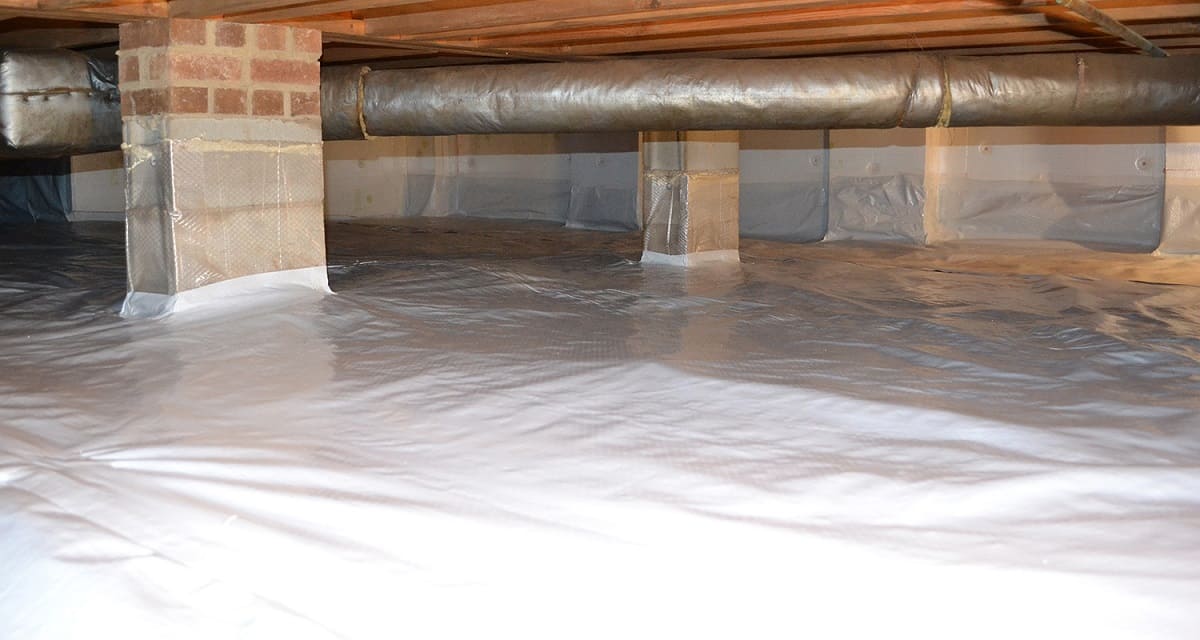
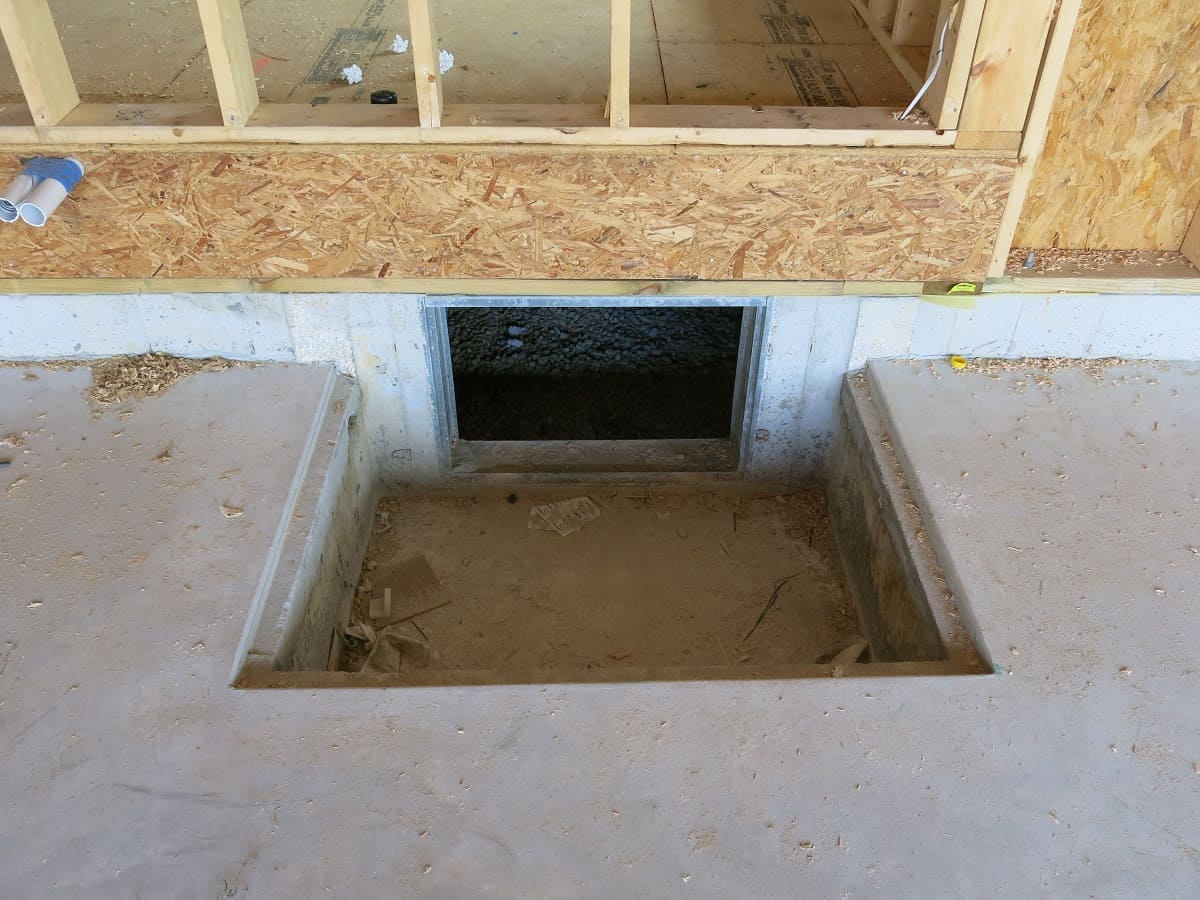
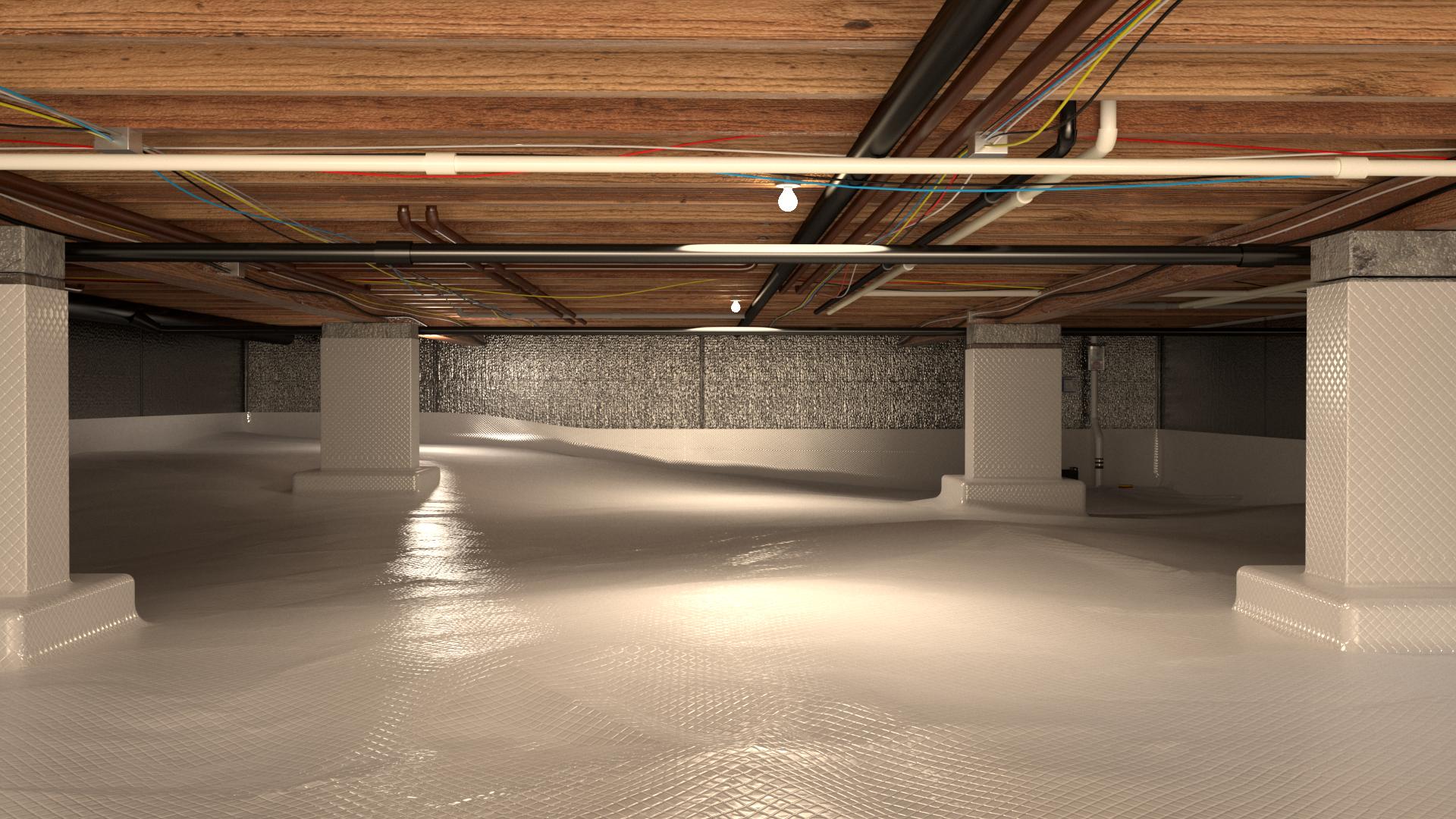
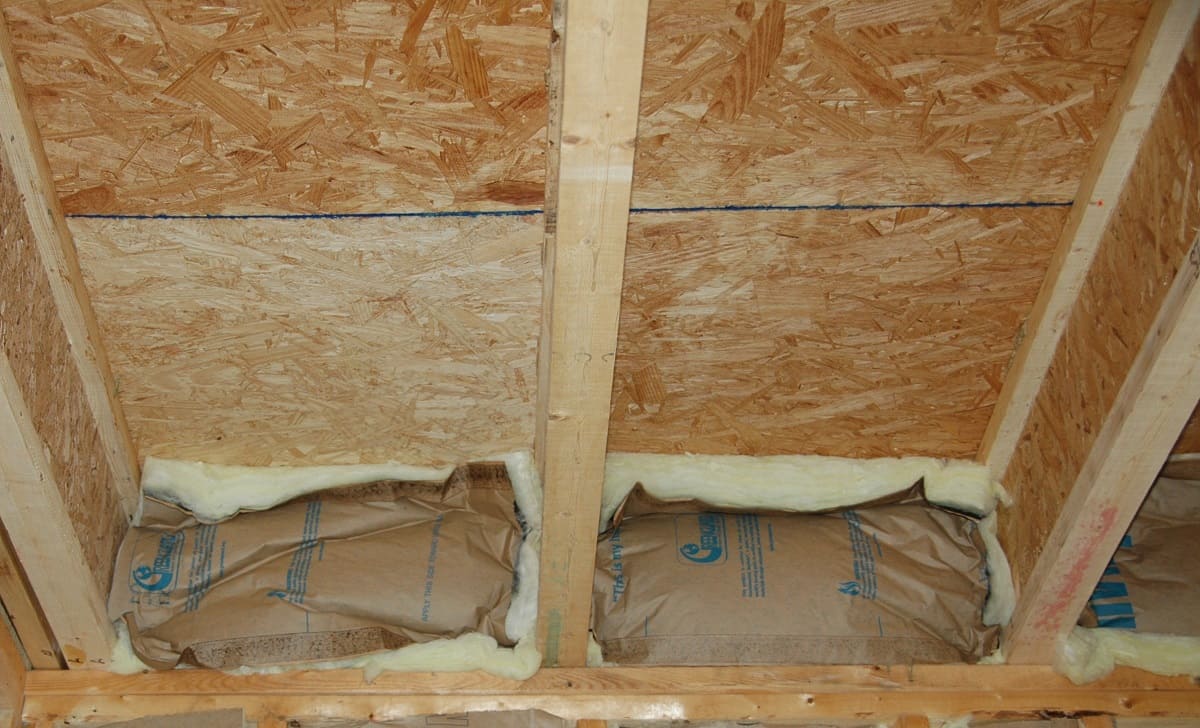
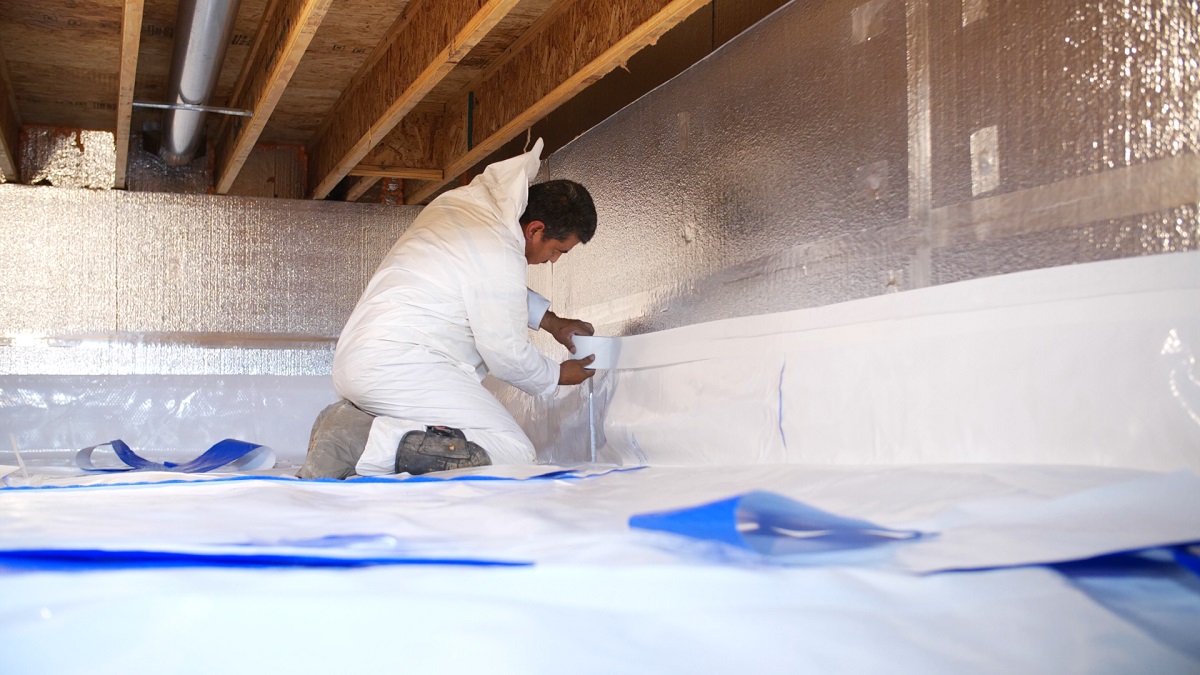

0 thoughts on “How To Fix Crawl Space Moisture”